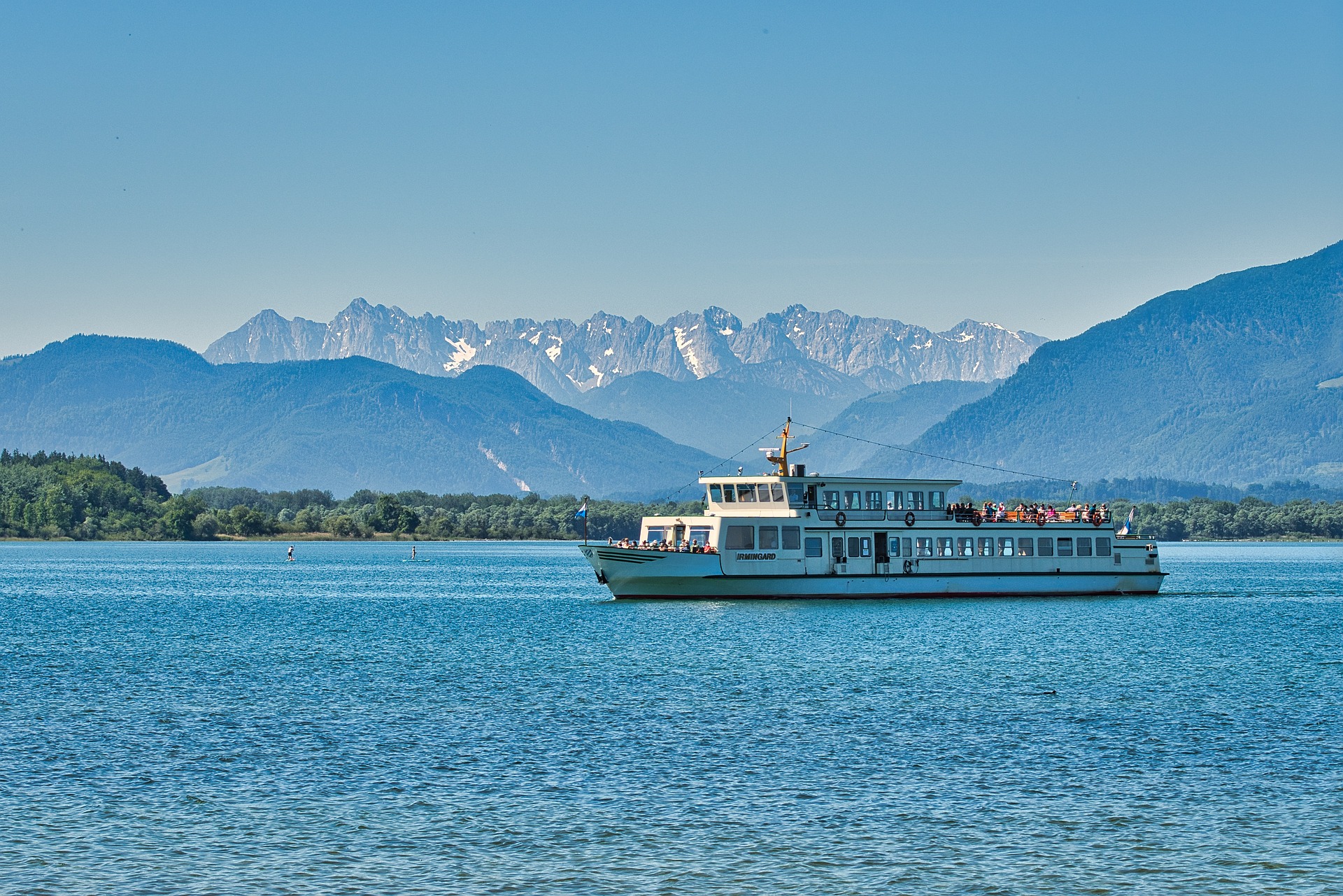The Renaissance of Heritage Tourism: A Modern Exploration of the Past
Journeying to the past has become a growing fascination among modern travelers. Heritage tourism, the act of traveling to experience the places, artifacts, and activities that authentically represent the stories and people of the past, is experiencing a significant resurgence. This article delves into the historical context, current trends, and practical applications within the realm of heritage tourism.

A Step Back in Time: The Historical Context of Heritage Tourism
The concept of heritage tourism has its roots in the Grand Tours of the 17th and 18th centuries. Wealthy Europeans embarked on extensive trips across the continent, visiting historical sites and engaging in cultural experiences. Today, heritage tourism has evolved, leveraging modern technology and transportation to deliver immersive experiences that transcend mere sightseeing.
The Resurgence of Heritage Tourism: Current Trends and Insights
Heritage tourism is now at the forefront of the travel industry, with the World Tourism Organization highlighting it as a key driver of global tourism growth. Travelers are increasingly seeking authentic, culturally rich experiences over traditional tourist activities. This trend is reflected in the growing number of heritage sites, museums, and cultural festivals attracting substantial visitor numbers.
The Allure of the Past: Advantages and Challenges of Heritage Tourism
Heritage tourism offers travelers a deeper understanding of history, culture, and identity. It fosters a sense of place and continuity, enriching the travel experience. However, it also presents challenges. Managing visitor numbers to protect fragile sites, balancing commercial interests with preservation, and dealing with contentious historical narratives are issues that the industry grapples with.
Practicality in Heritage Travel: Impact and Applications for Travelers
For travelers, heritage tourism provides an opportunity to connect with history and culture in a tangible, meaningful way. It encourages thoughtful travel, with an emphasis on learning and personal growth. However, it also requires careful planning. Researching destinations, understanding cultural nuances, and respecting local customs are essential aspects of heritage tourism.
Unveiling the Past: Quick Insights for Heritage Tourists
-
Visit during off-peak times to avoid crowds and maximize your experience.
-
Engage with local guides for authentic insights and narratives.
-
Respect local customs and traditions, especially in sacred or historical sites.
-
Participate in local festivals and events for a deeper cultural immersion.
-
Keep in mind that every site has a story - take time to understand its historical significance.
In conclusion, heritage tourism is more than just a trend—it’s a bridge between the past and present, a way to understand our history and its impact on our present and future. It offers a unique perspective on travel, enriching the journey with cultural insights and historical contexts. As we move forward, heritage tourism will continue to evolve, offering travelers deeper, more meaningful explorations of the world around us.




